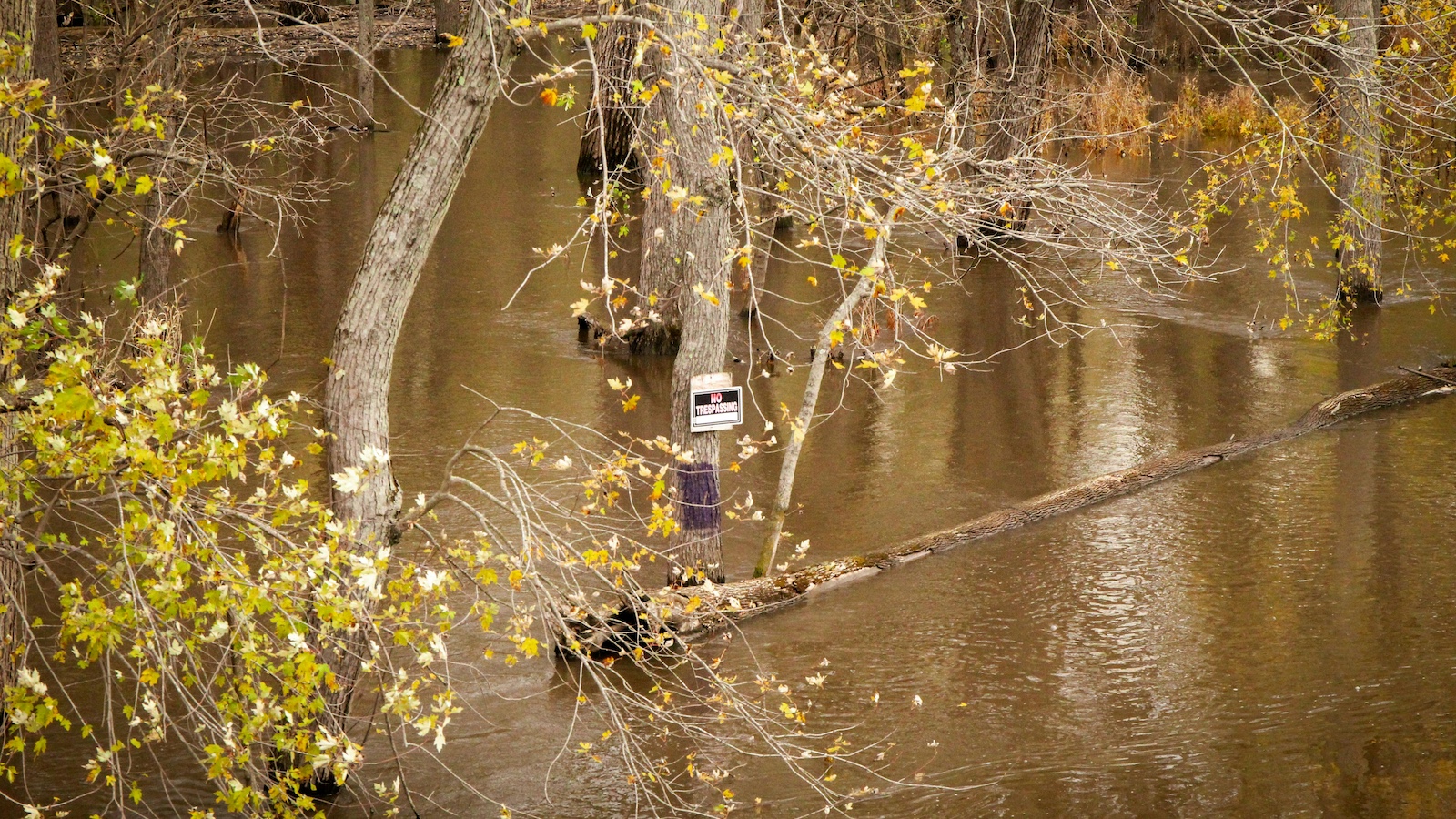Influenced by the ability to work remotely during the pandemic, Americans migrated away from the East Coast and California. However, this year, there is evidence of reverse migration patterns due to a variety of developments resulting from rising costs where Americans relocated and the relative lower cost in areas abandoned during the pandemic.
For example, Texas, Florida, South Dakota, Tennessee and Idaho were top-ranked last year in Conning's annual State of the States Report, which analyzes municipal credit across all 50 states based on 13 metrics indicating relative state credit health. This year, states in the Northeast performed well, suggesting affordability may have become a concern for states like Utah and Idaho that previously experienced the most significant home price appreciation, driving state and local government spending and costs higher.
Three New England states (Rhode Island, New Hampshire and Vermont) rose notably in rank this year while Delaware plummeted 21 spots and Hawaii fell 11 spots into the bottom five, alongside perennially low-ranking states Illinois, Louisiana and Mississippi.
Florida fell to third place from last year as Nebraska and Wyoming claimed the top two spots. Last year's #1 ranked Texas dropped five spots to sixth place, as a result of subpar tax revenue growth and the most substantive drop in the housing price index (HPI) despite significant sales tax revenue. Rhode Island advanced the most, climbing 27 spots to #21, driven by robust population growth resulting in a higher tax revenue, employment and HPI. New Hampshire saw a nearly 12% increase in tax revenues when compared with 2022; Alaska witnessed a staggering 50% decline.
Overall, Conning’s outlook on state credit quality for 2024 is revised to “Stable” from 2023’s “Declining” outlook in anticipation of a return to pre-pandemic fiscal conditions. State rainy-day funds have remained at near-record levels, offering a cushion against inflation and increased costs as well as potential revenue declines after a period of surging federal funds, economic growth and stock market gains.
See also: The Crisis in Long-Term Care
Here are examples that illustrate some of the trends this year:
Population
South Carolina, Florida and Texas had the greatest increases in population. In South Carolina, additional residents provided a larger workforce, whereas strong population gains in Nevada resulted in high unemployment rates due to insufficient opportunities for work. New Jersey, Rhode Island and Massachusetts attracted more residents after losing population during the pandemic.
It takes a large change in population or economic activity to move the needle in terms of GDP per capita. New York, Massachusetts, Washington, California and Connecticut remain among the top states, and Hawaii bounced back six spots after standing out as a laggard in 2022, while Texas did the opposite, dropping seven spots.
The population in Arizona and Idaho slowed after attracting residents. States such as Georgia, Tennessee, Arkansas, North Dakota and Wyoming are cause for concern, because their population growth outpaces employment growth, potentially indicating a shortage of job opportunities for residents.
Housing
The Northeast did well, with Rhode Island, Vermont, Connecticut, New Jersey and New York in the top 10 for greatest improvement in the Housing Price Index. States in the West and South likely fell due to rising home prices and the affordability issues arising from those who moved there as people left he East Coast and California during the pandemic.
Employment
All 50 states except Oregon recorded employment growth. Nevada, Alaska and South Carolina had the largest percentage increases in employment growth. Colorado surged 39 spots to 10th place thanks to employment growth in government, education, health services, professional and business services. New York, West Virginia, Alaska, Rhode Island and Missouri had robust employment growth despite modest populations.
GDP
Natural resources such as oil, natural gas, coal and agriculture helped top-performing states such as North Dakota, Texas, Wyoming, Alaska, Oklahoma and Nebraska in terms of real GDP growth. Retail trade GDP, a leading contributor to growth in 23 states, was up in all 50 states.., ability to attract new business).?The findings in the 2024 edition are measured in real GDP to remove the effect of inflation and focus solely on the output of a state's economy, a change from last year's report.
For the full report, click here.








